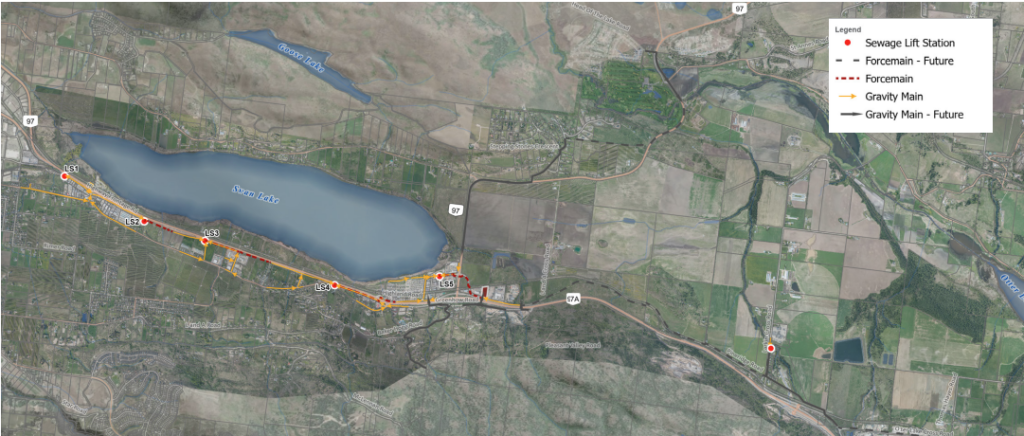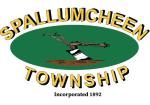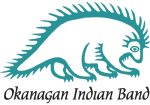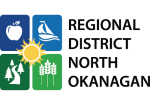The preliminary design of the collection system and wastewater recovery facility is complete. Over the next few months, further archaeological and environmental studies will be held, and the project design will be updated to reflect changes recommended
by a Value Engineering process. Material suppliers have signaled a significant increase (~58%) in the cost of materials for items such as
PVC pipe, electrical equipment and steel due to COVID-19 impacts on the supply chain. These impacts are being felt in construction
projects across the country. The Value Engineering process required by the province will work to keep the project on budget, while still
delivering a valuable service to the North Okanagan.
About the North Okanagan Waste Recovery Project
he North Okanagan Wastewater Recovery Project is the result of a unique partnership launched in 2015 by the Regional District of North Okanagan (RDNO), Township of Spallumcheen and Okanagan Indian Band (OKIB) to improve water quality in Swan Lake and local streams, and to provide economic development opportunities through the implementation of a community sewer system. The project will provide sewer service to residents and businesses in portions of RDNO Electoral Areas B and C, the Township of Spallumcheen’s southeast industrial area and have the ability to service parts of OKIB.
Progress Highlights
Here’s what we’ve been up to:
- Preliminary design has been completed for the total system.
- Infrastructure locations are being optimized to reduce costs. The reclaimed water storage point will likely need to be relocated as the current proposed location has unsuitable soil, and it would raise the total cost of the project to reinforce that location.
- Municipal Wastewater Regulation (MWR) registration process still ongoing, which will ensure that treated water reuse will comply with the 66 conditions outlined by the Ministry of Environment and Climate Change Strategy.
- The initial Archaeological Overview Assessment is complete, which has recommended an Archaeological impact study at 10 separate locations throughout the study area. Further studies such as Environmental Management Plans are underway.
Value Engineering
Value engineering is a common method used to improve the value of goods and services used in a project through a detailed
examination of the function – what these goods and services are intended to do. The value of a function can be improved by
either improving the function or reducing the cost. Firms from Colorado, New Jersey, Washington, Vancouver and Ontario all submitted proposals to conduct the assessment, and ultimately NCE Value Engineers (Toronto) were chosen as they scored highest in the selection process.
So… What does Value Mean?
Every project is different, as is every community’s definition of value. Value engineering teams take cost reduction, added quality and life-cycle maintenance into consideration and find the best quality options at the lowest available cost for a project.
Why do we undergo a Value Engineering process?
It allows us to look at substituting materials and methods of delivery on a project with less expensive alternatives without sacrificing functionality. Contractors analyze systems, equipment, facilities, services and the supplies needed to get the job done while meeting the required targets in performance, reliability, quality and safety. VE processes are required by the province and will be used to ensure the project stays on budget despite the impacts of COVID-19.
North Okanagan Wastewater Recovery Project preliminary design
The preliminary design for the North Okanagan Wastewater Recovery Project can be seen below. Now, third party engineers and contractors
will analyze the overall design, costs and value brought to each of the partner communities as part of the Value Engineering process.

What’s next?
The project is underway, and we are currently in PHASE 2: DESIGN, which should be complete at the end of 2021.

Here’s what’s next:
- Complete Value Engineering Assessment
- Revise the project concept, budget and scope and complete detailed design
- Submission of the MWR registration application
Still have questions? Read the FAQs for more information.






